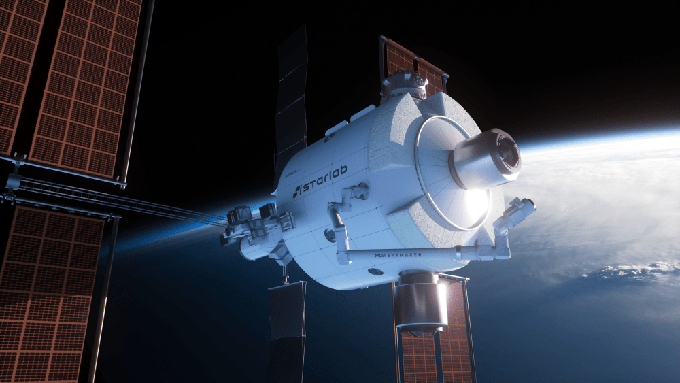Drone also brings benefits to air traffic
A specially equipped drone has been in use at Zurich and Geneva airports since January 2018. This innovative approach will enable skyguide to significantly reduce its costs and environmental impact in the medium term.

Every drone more in the airspace leads to new safety challenges. But drones also offer new opportunities for innovation. Skyguide launched a project in 2016 to use drones to maintain automatic landing systems. The automatic landing systems enable pilots to approach and land safely on the runway in poor visibility.
These systems must be calibrated every six months at Swiss airports. Currently, calibration flights are carried out for this purpose at different flight altitudes and glide angles. A specially equipped measuring aircraft is flown in from Germany for this purpose. This causes costs, greenhouse gas emissions and noise during off-peak times (usually during the night at international airports).
Drone advantages in Zurich and Geneva
"Thanks to the use of drones to control the automatic landing systems, skyguide can greatly reduce costs, operational disruptions, noise and CO2 emissions," explains Hervé Demule, engineer and project manager. Since January 2018, drones have been used at Zurich and Geneva airports for preventive and corrective maintenance of the instrument landing system (ILS).
In the second half of the year, they will also be used at regional airports. In addition, the use of drones in other navigation aid systems is being examined.
Hervé Demule continues: "We are currently collecting data to ensure stable and accurate measurement results. At the end of 2019, once the measurement accuracy and correlation with data collected by aircraft have been confirmed, skyguide plans to conduct fewer calibration flights."
Number of calibration flights halved by 2020
The use of drones equipped with measuring instruments is expected to reduce the number of calibration flights for ILS by 50 percent from 2020 and by 70 percent from 2023. This will reduce CO2 emissions by 142 tons per year from 2020. From 2023, skyguide forecasts that 199 tons of CO2 will be saved each year.
Skyguide's experts will present their innovative solution on Thursday, April 19 at the International Flight Inspection Symposium IFIS in Monterey, California.









